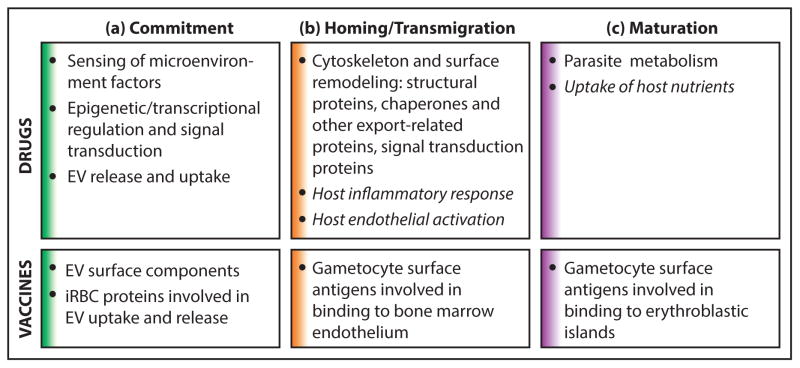Figure 2. Points of transmission-blocking intervention.
Several recently elucidated aspects of gametocyte biology outlined in this review provide potential points of intervention for new clinical tools. Drugs or vaccines could block transmission by targeting (a) commitment to sexual development, (b) homing and transmigration (including extravasation and intravasation), and (c) gametocyte maturation. (a) During commitment, epigenetic regulation and signal transduction involved in sexual conversion and sex ratio determination could be targeted by transmission blocking drugs. Additionally, drugs could target machinery involved in the release or uptake of EVs from iRBCs. Vaccines could similarly target EV surface components or iRBC proteins involved in EV uptake and release. (b) During homing and transmigration, drugs could target parasite-encoded proteins that mediate cytoskeletal or surface remodeling involved in homing or transmigration in the bone marrow. Alternatively, host-targeted drugs could be used to modulate host inflammatory responses and endothelial activation that may drive sequestration. Vaccines could target gametocyte surface proteins required for bone marrow endothelium binding or transmigration. (c) During gametocyte maturation, drugs could target gametocyte metabolic enzymes or proteins involved in host nutrient uptake. Vaccines could target gametocyte surface proteins involved in binding to erythroblastic islands.
Host-targeted therapies are indicated by italics. Section colors in this figure correspond to microenvironment colors presented in Figure 1.

